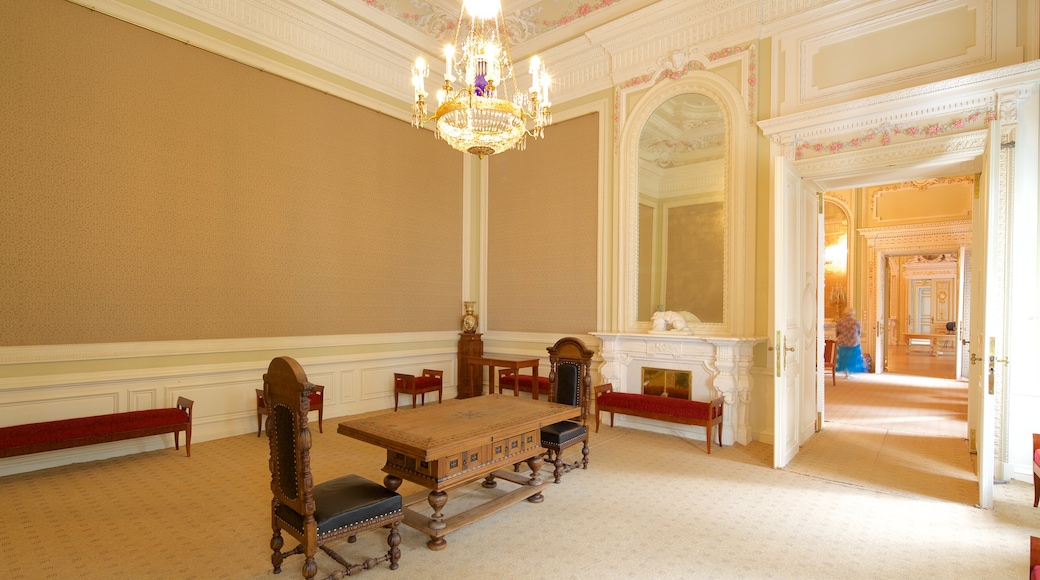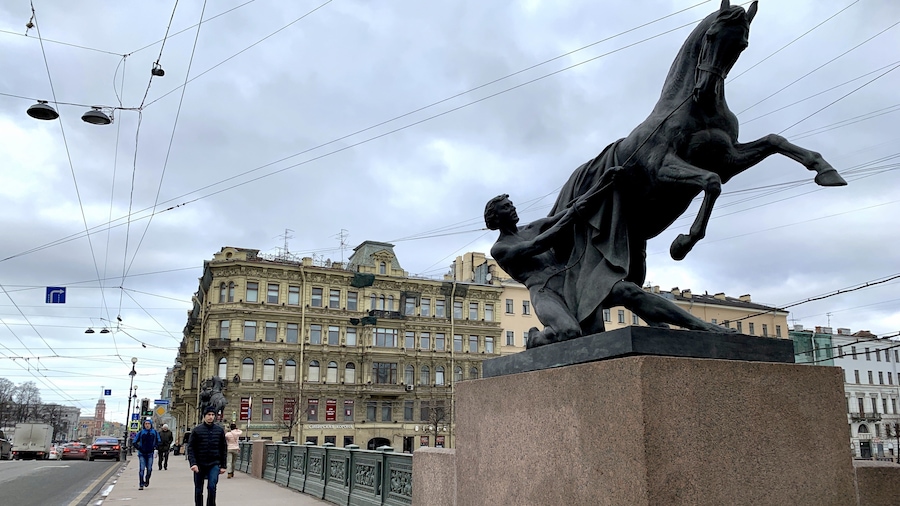Boasting fascinating architecture and an interesting history, this former imperial palace now houses a small museum.
Anichkov Palace, or as it’s now officially known, St. Petersburg City Palace of Youth Creativity, was once a lavish royal abode. Nowadays it’s a youth center that hosts workshops and clubs for more than 16,000 young people, as well as housing a prestigious high school. Explore the small museum for a glimpse into the decadent lives of the Russian imperial elite.
The palace’s grand architecture is the product of numerous architects, among them Russian native Mikhail Zemtsov and the Italian Francesco Bartolomeo Rastrelli. Upon its completion in 1750, the palace was given as a present from Empress Elizabeth to her lover, Aleksey Razumovsky. Empress Catherine the Great would later buy the building and gift it to her own lover, Grigory Potemkin.
Walk around the outside and inspect the precise designs of the neoclassical exterior. This façade wasn’t part of the original construction, but was added later in the 1770s under Potemkin’s orders. On the inside, some of the rooms still feature the lavish furnishings and wall art typical of a Russian palace. Visit the modest museum to get a flavor of what life used to be like inside the opulent building. With rich decoration, period fittings and finishes on show, it won’t be hard to imagine the kind of extravagance that Russia’s privileged ruling classes enjoyed.
From outside the palace, you’ll be able to see the nearby Anichkov Bridge after which the palace was named. Spanning the Fontaka River, this bridge is characterized by the famous Horse Tamer sculptures that sit atop its four corners.
Anichov Palace is situated on Nevsky Prospekt, one of St. Petersburg’s main thoroughfares and it is within walking distance of the Gostiny Dvor metro station. It is open from Monday to Saturday and there is an admission fee. Opening hours are occasionally sporadic, so double check the museum is open before you go.







